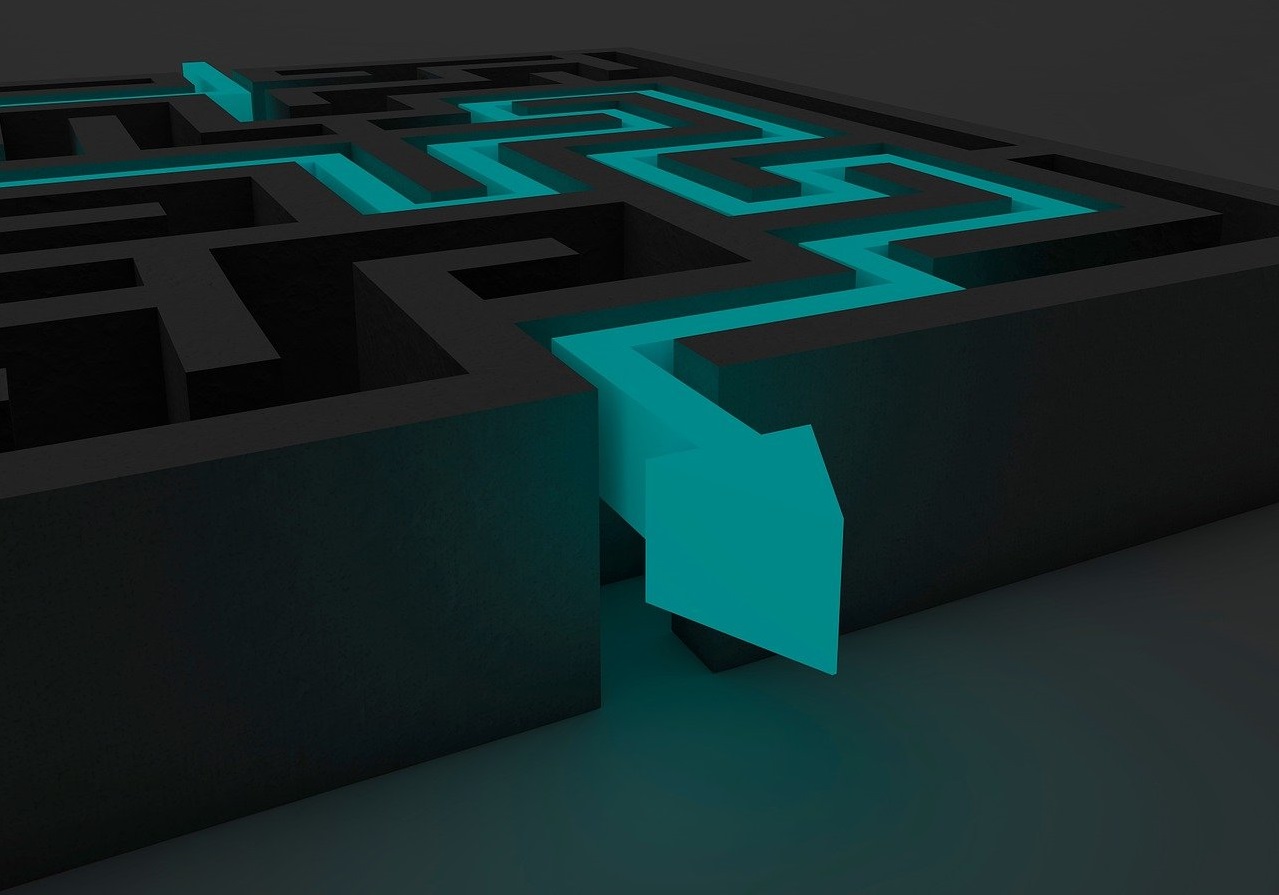“I am a border person”. (Lila Downs). Migrants are living frontiers. To migrate is to carry with you frontiers inside your own identity. The borders which the migrant has to cross are not only physical, there are also ideological and cultural borders.
 Claudio Chipana Gutiérrez
Claudio Chipana Gutiérrez
Physical frontiers translate and change into subjective frontiers.
The denial of permission to cross a border, is for a refugee or an exile, a symbolic act in defence of a certain identity. But first of all it is the denial of the inalienable right of human beings to travel freely.
On other occasions the denial is simply a failure by certain governments to fulfil their promises. As is happening in the case of refugees from Syria and other places of conflict who want to reach European soil, but do not find the necessary response from governments.
When the immigrant or the refugee crosses a frontier they cross with their identity. The identity of the migrant is an identity which is installed alongside the identity of the host citizen, as an Other
But the immigrant is chiefly a source of extra labour to benefit the host society. The migrant does not seek to replace the identity of the other with their own.
The culture of the migrant, rather creates an intermediate space between his own culture and that of the host nation.
 In consequence, we have to distinguish physical walls from those which are cultural or mental. Physical walls are built by governments, cultural walls by a society, and mental walls arise in the intersubjective spaces shared and disputed between the immigrant and the other.
In consequence, we have to distinguish physical walls from those which are cultural or mental. Physical walls are built by governments, cultural walls by a society, and mental walls arise in the intersubjective spaces shared and disputed between the immigrant and the other.
When someone migrates, leaving behind the being that they are, they become their own negation. It is the struggle between being and being recognised.
Their transformation begins as soon as they cross the border. But they must still go on crossing other frontiers. In other words, they have to cut through the mental and cultural barriers that separate them from the other. The distance between these two identities is what constitutes cultural difference.
It could be acknowledged that it is possible for the migrant to cross the first two borders in one way or another, the physical, and the cultural by learning the language.
On their journey they will have opened up their life, dealt with many difficulties, and experienced rejection.
But even so they will have to continue their journey, and cross the mental barriers that still remain, and which are invisible. It may be that they never stop crossing these barriers.
 The stigma of being the other always pursues the immigrant.
The stigma of being the other always pursues the immigrant.
In any case, crossing that barrier demands an enormous effort of education in the awareness of the community – this is multicultural education.
Between the immigrant and the host society an intermediate culture is formed, hybrid, mestizo, which is most clearly visible in the language.
Linguistic varieties are born which refer to mutual influences in a new cultural space of the ‘frontier’ which is neither accepted nor recognised. For the writer Gloria Anzaldúa, “Chicano Spanish is a frontier language”.
For example, Chicano or Spanglish. The artist Lila Downs has defined herself as a ‘border person’, for having roots on both sides of the US-Mexican frontier.
The singer responded in this way to the ultraconservative Donald Trump, about his plan to build a permanent wall between the USA and Mexico. The writer Carlos Mosiváis correctly described the construction of a wall between the two countries as a “racist statement” by the USA.
So, crossing a frontier is not just crossing a physical border, it also means crossing many others, which are linguistic, ethnic, and mental.
 The ones which are most difficult to cross are the mental frontiers, because they are invisible, and are found in the collective unconscious, making them more difficult to eradicate.
The ones which are most difficult to cross are the mental frontiers, because they are invisible, and are found in the collective unconscious, making them more difficult to eradicate.
This is where we find stereotypes and other components of racist ideology.
While the refugee and the immigrant continue not to be recognised, they will not have finished crossing these multiple frontiers, and will still find themselves on the other side, they will be a border person.
(Translated by Graham Douglas – Email: ondastropicais@outlook.com) – Photos: Pixabay












.jpg)












